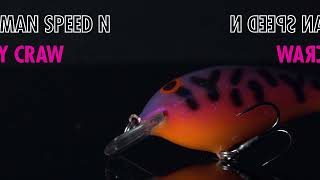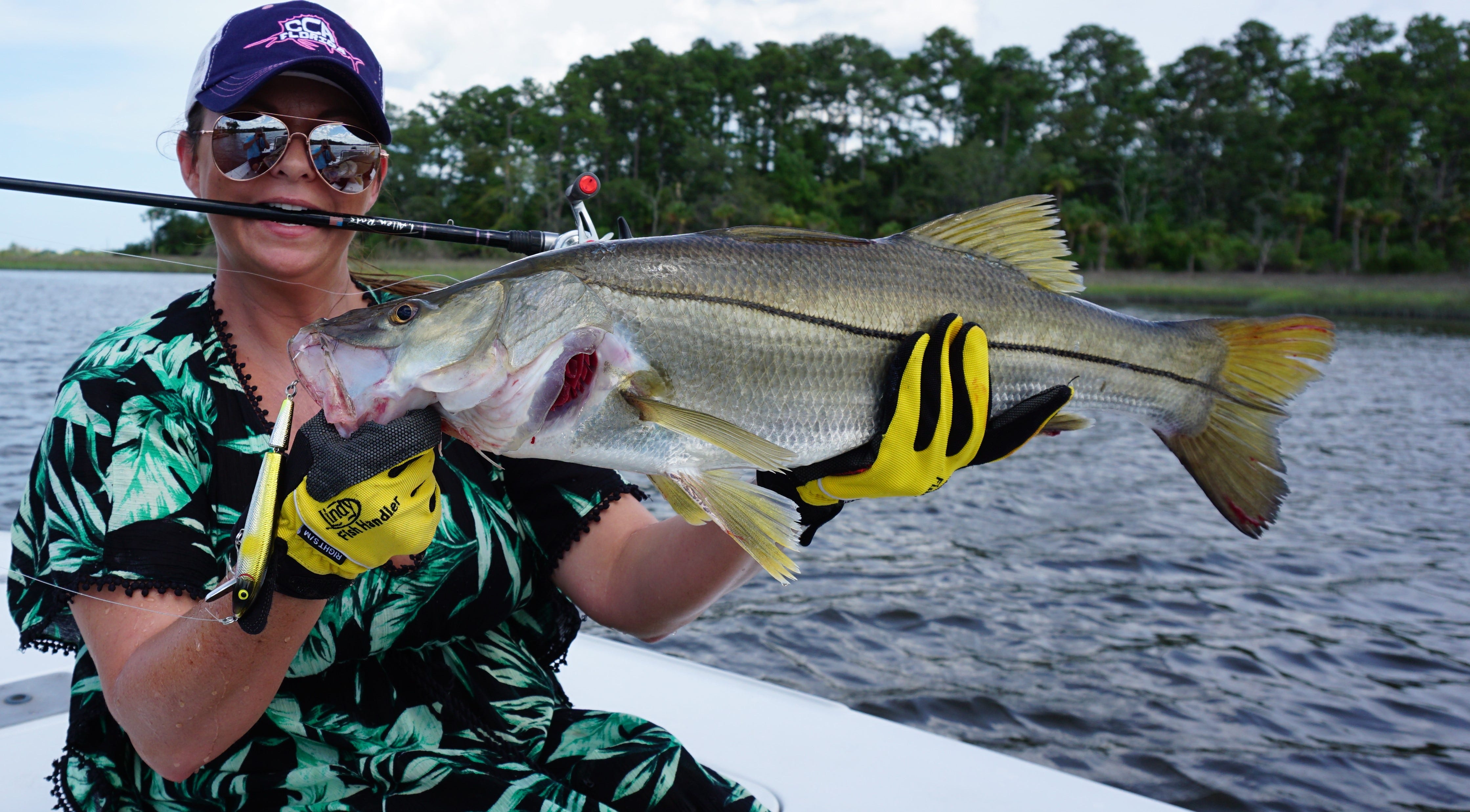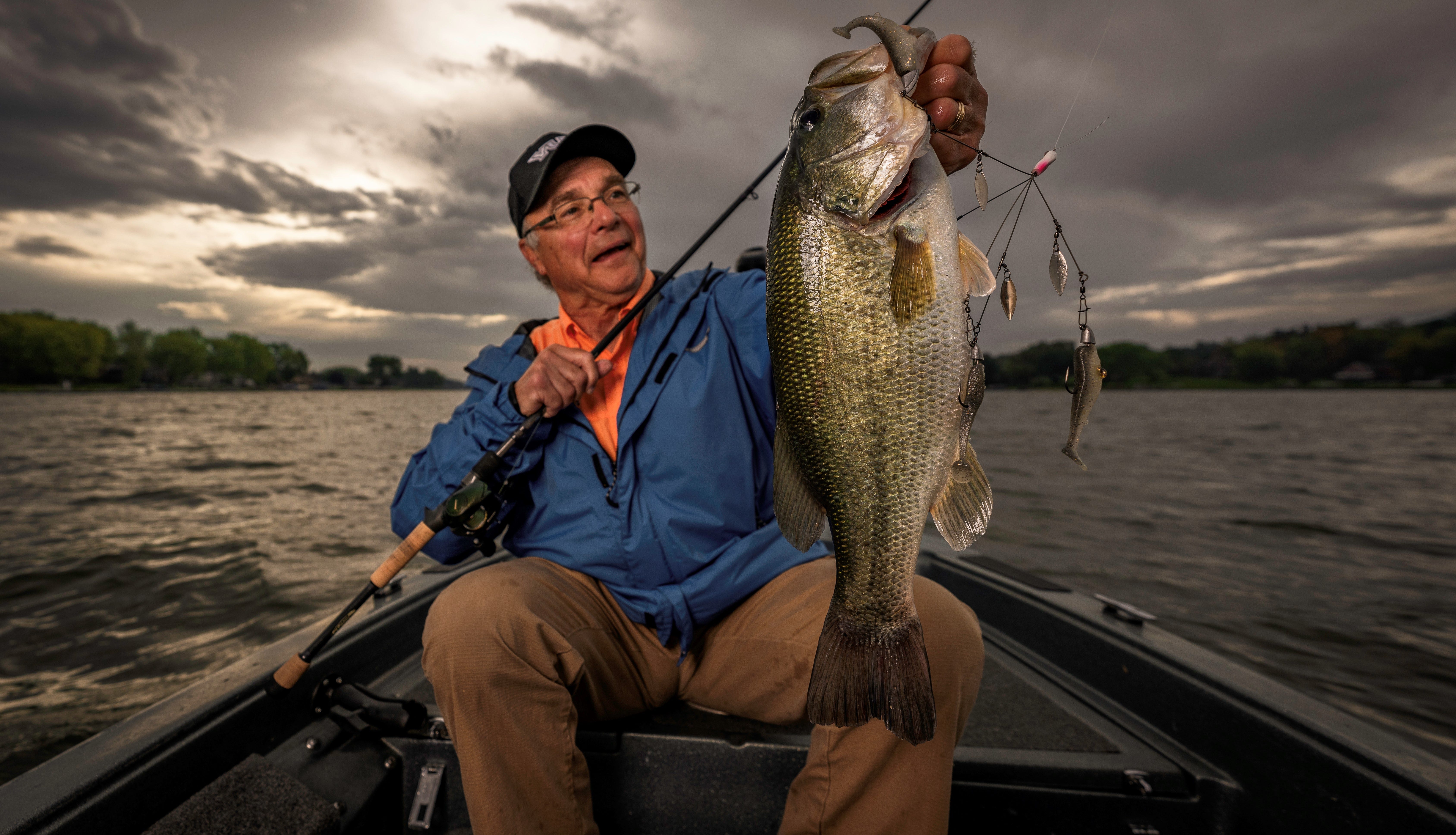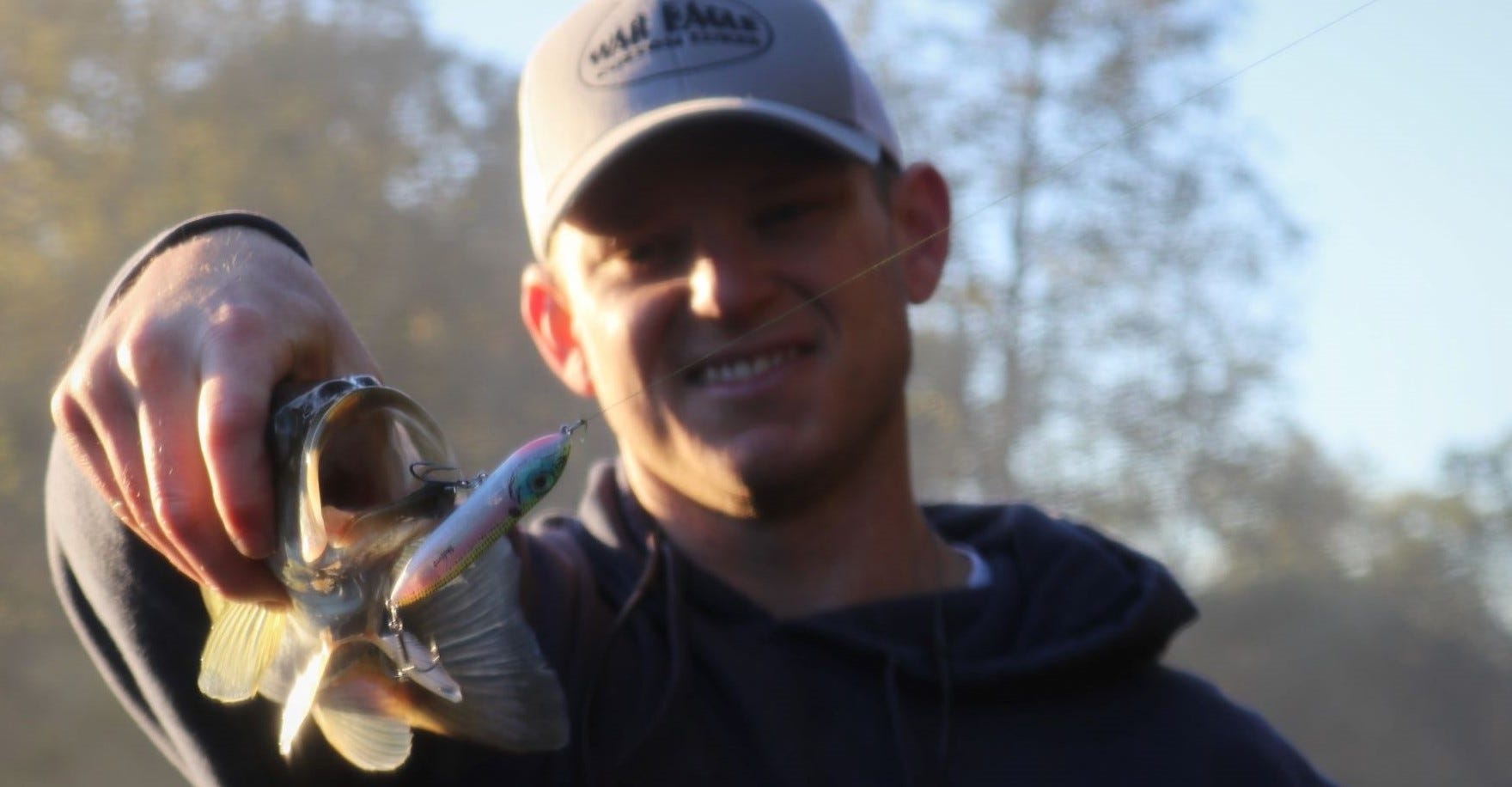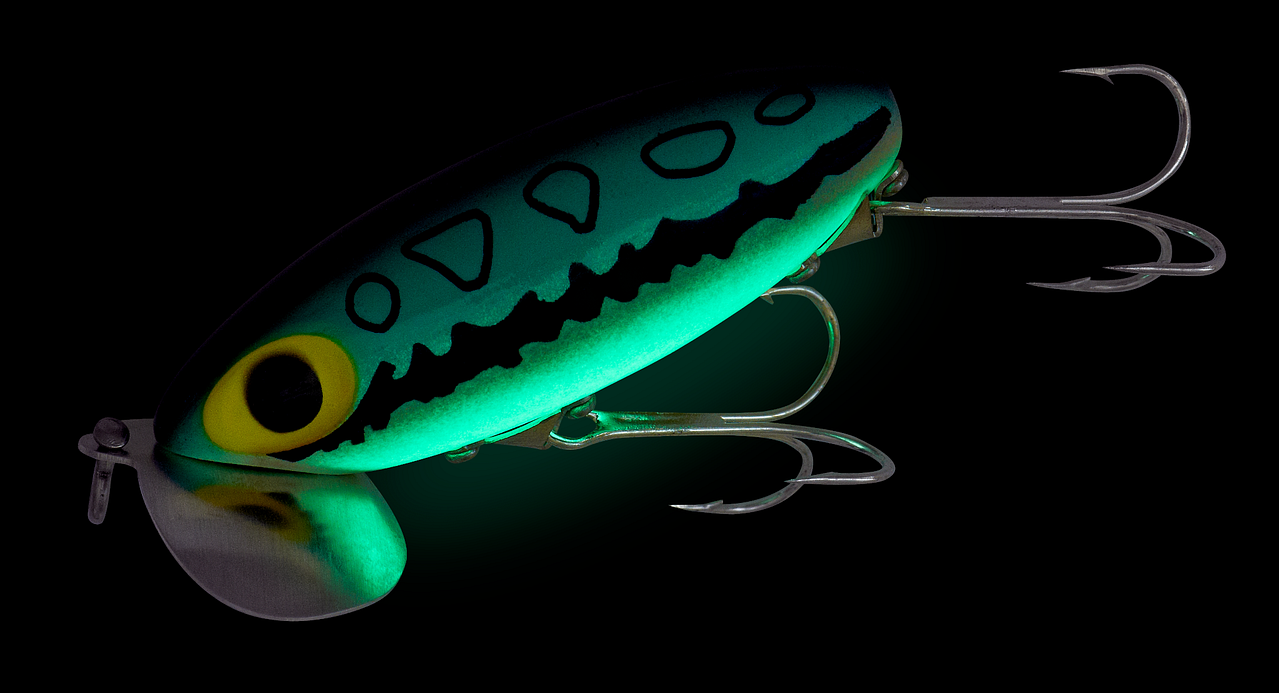- Jan 11, 2022
Paint Shop Spotlight - Norman Speed N Jelly Craw - Bait School Bite Spec
Bait School Bite Spec
Lure: The Norman Speed N in Jelly Craw
When: Early Spring/Winter
Where: Highland Reservoirs, River Systems (Lake Guntersville, Alabama River)
Jelly Craw, built to provoke bites out of bass feeding up for the spawn! Bright reds, purples, pinks and all the famous tints of award winning crankbaits for pre spawn fishing.

